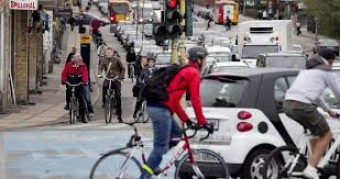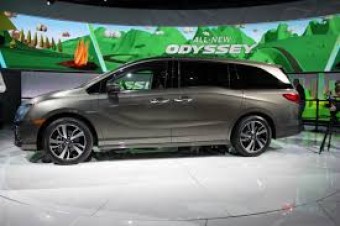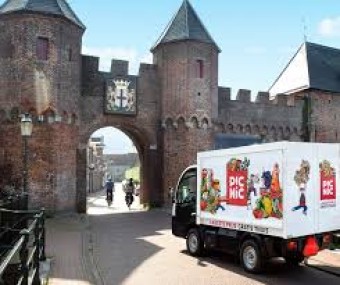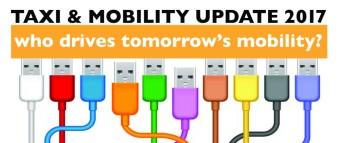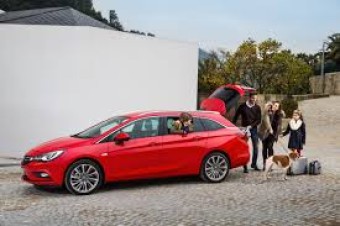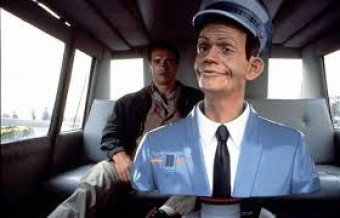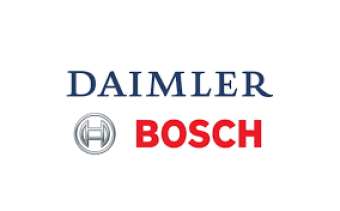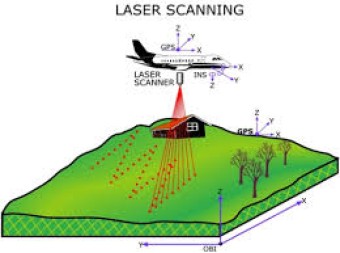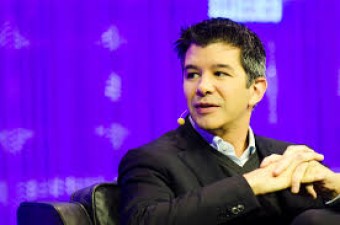Traffic anomalies no longer a mystery thanks to drivers´ Bluetooth devices.
Thanks to years of collecting traffic data, based on the movement of driver´s mobile devices, Aarhus municipality in Denmark can now see the effects in road traffic of construction projects, roadwork, traffic accidents and faulty traffic lights.
Aarhus, Denmark’s second-largest city has been using BlipTrack Bluetooth sensors for several years to collect traffic information, based on the movement of road users´ Bluetooth devices. The sensors, placed on the entire road network, including adjacent highways, provides the city with both real-time and historic traffic information, including driving times, speed, dwell times and flow.
Besides the benefits of real-time reporting, which enables the city to gain in-depth insight and understanding of current road density, flow and formation of queues, and share traffic information with road users on signs, the historical data is now being used to detect driving time anomalies. Effectively, this means that the city can pinpoint road sections and intersections where driving times deviate from the norm as a result of construction projects, incidents, roadwork, faulty traffic lights and other factors.
The data provides a thorough comparison of current vs typical driving times, minute-by-minute throughout the day. The typical driving times, which are continuously updated, are based on various type of days (weekdays, weekend, vacation season or not) and time of day.
If driving times deviate from the typical driving time, the system automatically raises a flag. As the system logs and visualizes all deviations, traffic engineers can create historical performance and reliability reports based on deviations from the norm. The city is provided with an overview of the current situation and tendencies over time, to initiate countermeasures.
Alarm visualization can be displayed in various ways; for example, over time and for each road section, based on intersection errors, or the impact of a major traffic accident. It can show the scattering effect that can cause both a deterioration and improvement of driving times – depending on what alternative routes motorists choose to take advantage of – or if road users are prevented from reaching parts of roads.
“The benefits we have gained from the solution since implementation are very significant. We now discover errors and irregularities that we would not have a chance to see otherwise. In addition, it is extremely educational and easy accessible to study how the incidents of various kinds influence the road network,” says Asbjørn Halskov-Sørensen, ITS Project Manager at Aarhus Municipality.
With the new approach, Aarhus now enjoys a full overview and understanding into all dynamics of its traffic. Since the city has full access to all the raw data, unlike with similar solutions, the plan is to combine the solution with existing surveillance systems. This would enable the city to qualify the individual system’s alarms to an even greater extent.
Besides providing the city of Aarhus with visibility on driving times anomalies, the solution is also implemented in cities in UK, Sweden, Thailand, Switzerland, New Zealand, Norway, Canada and Ireland. BlipTrack also is successfully employed in optimization efforts in more than 25 international airports, including Schiphol Airport in Amsterdam, JFK Airport in New York, Copenhagen, Oslo, Manchester, Dublin, Brussels, Geneva, San Diego, Keflavik and Edinburgh. In recent years, the solution has been rolled out in train stations, ports, ski resorts, amusement parks and at events all over the world.
- BlipTrack Bluetooth sensors help to collect traffic information.
